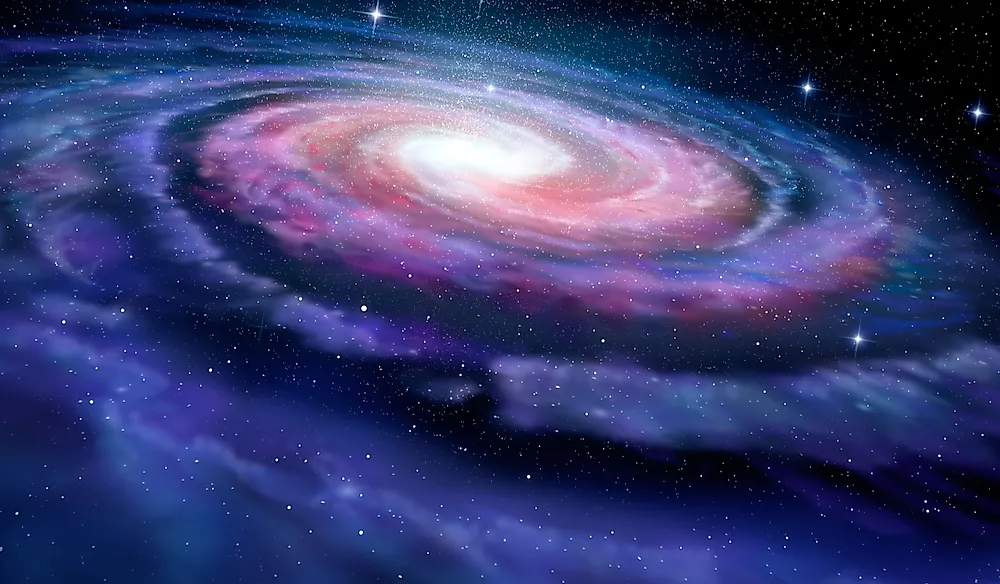What Type of Galaxy is the Milky Way?

Our galaxy, the term Milky Way, was named for its appearance. Earth is part of this galaxy which includes eight planets as well as stars, dwarf planets, asteroids, moons, and more. Astronomers have predicted that in about 5 billion years, the Milky Way Galaxy will collide with the Andromeda Galaxy.
History
During 1920, astronomers held the theory that the Milky Way Galaxy had all the stars in the galaxy until a special star called Cepheid variable was discovered by astronomer Edwin Hubble. His observations came in the backdrop of a scholarly debate between Harlow Shapely and Heber Curtis over the composition of the galaxy and it helped to show that the Milky Way Galaxy is just one of the many galaxies that straddle space. The ancient Greeks who observed the dim stars dispersed in space termed them as a milk spill or galaxies kuklos. Looking at the Milky Way at night, it looks like a band of white light and the most visible part is the galactic plane.
Formation
The Big Bang Theory is one of the theories used to describe the origins of Earth and it has been used to explain how the Milky Way Galaxy was formed. After the Big Bang that distributed the mass globular clusters that formed the planets, the remnants formed the stars. Generation of stars was responsible for forming the spiral disk. The clusters and stars form the halo of the Milky Way. Half of the matter in the galaxy come from other galaxies and they merge with stars from smaller galaxies and large ones as well.
Composition
The Milky Way Galaxy has a diameter that ranges between 100,000 to 180,000 light years and its distance to the galactic center is approximately 27,000 light years. The number of stars in this galaxy is about 100-400 billion and it is believed to have 100 billion planets, including Earth, which orbit at the center at the rate of 220 kilometers per second. The stars absorb and release incredible amounts of energy. The galaxy has enough gas and dust to form even more planets. Some of the stars I the galaxy are much older than the sun, which is 4.5 billion years old.
Structure
The structure of the Milky Way resembles a barred spiral unlike other galaxies and this was confirmed in 2005 during an observation made by astronomers using the Spitzer Space Telescope. The central bar appeared larger than what was predicted before. A massive black hole forms its center and is estimated to be four million times larger than the sun. Scutum-Centaurus and Perseus are two major spiral arms of the galactic nucleus and they possess young and old stars. Sagittarius and Norma are minor arms and gas and young stars are found in them.











